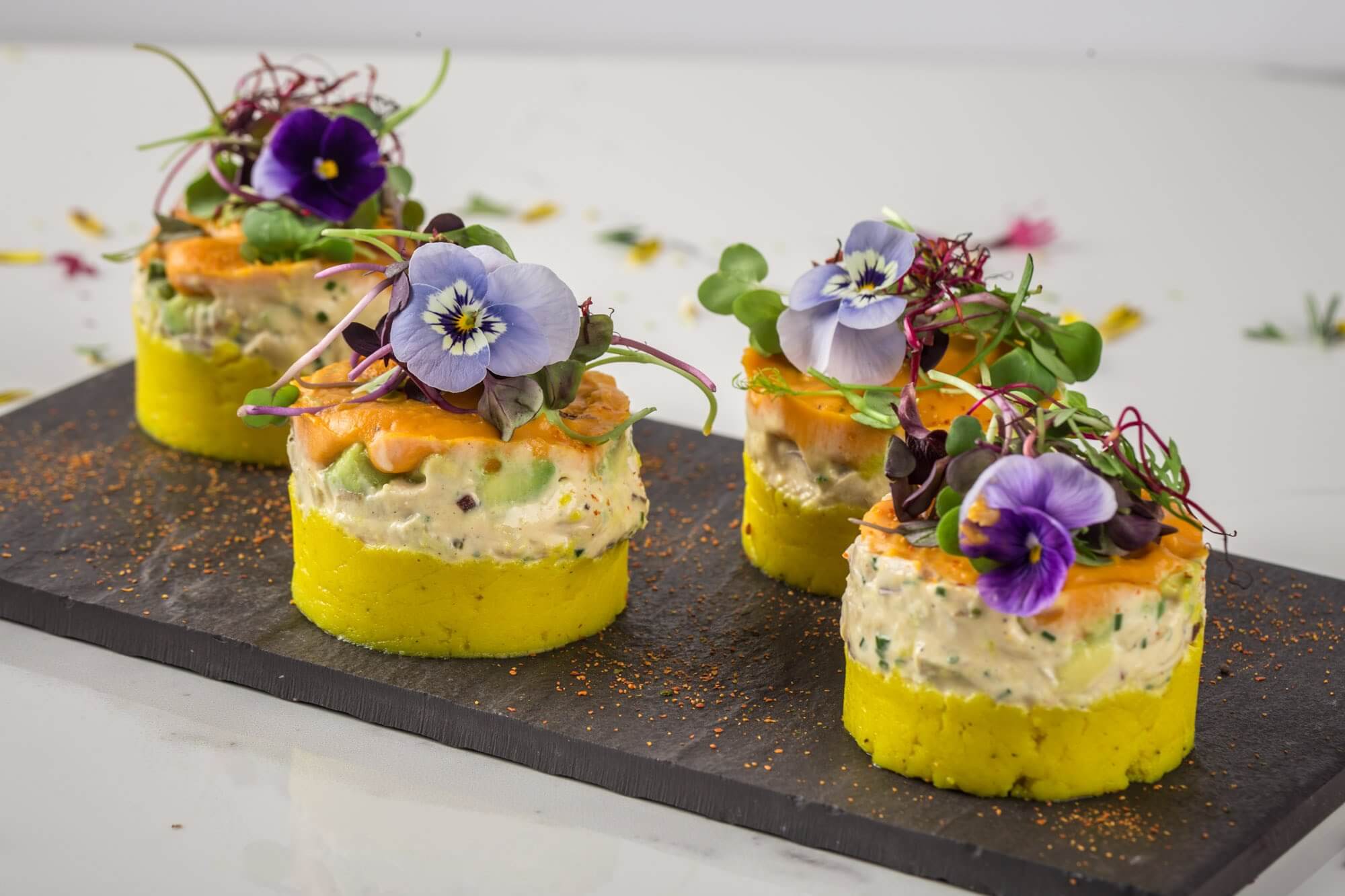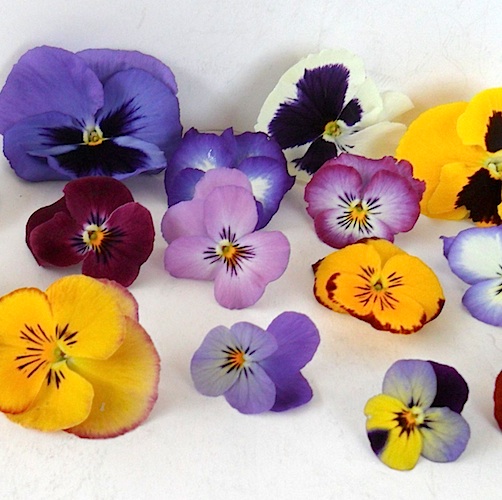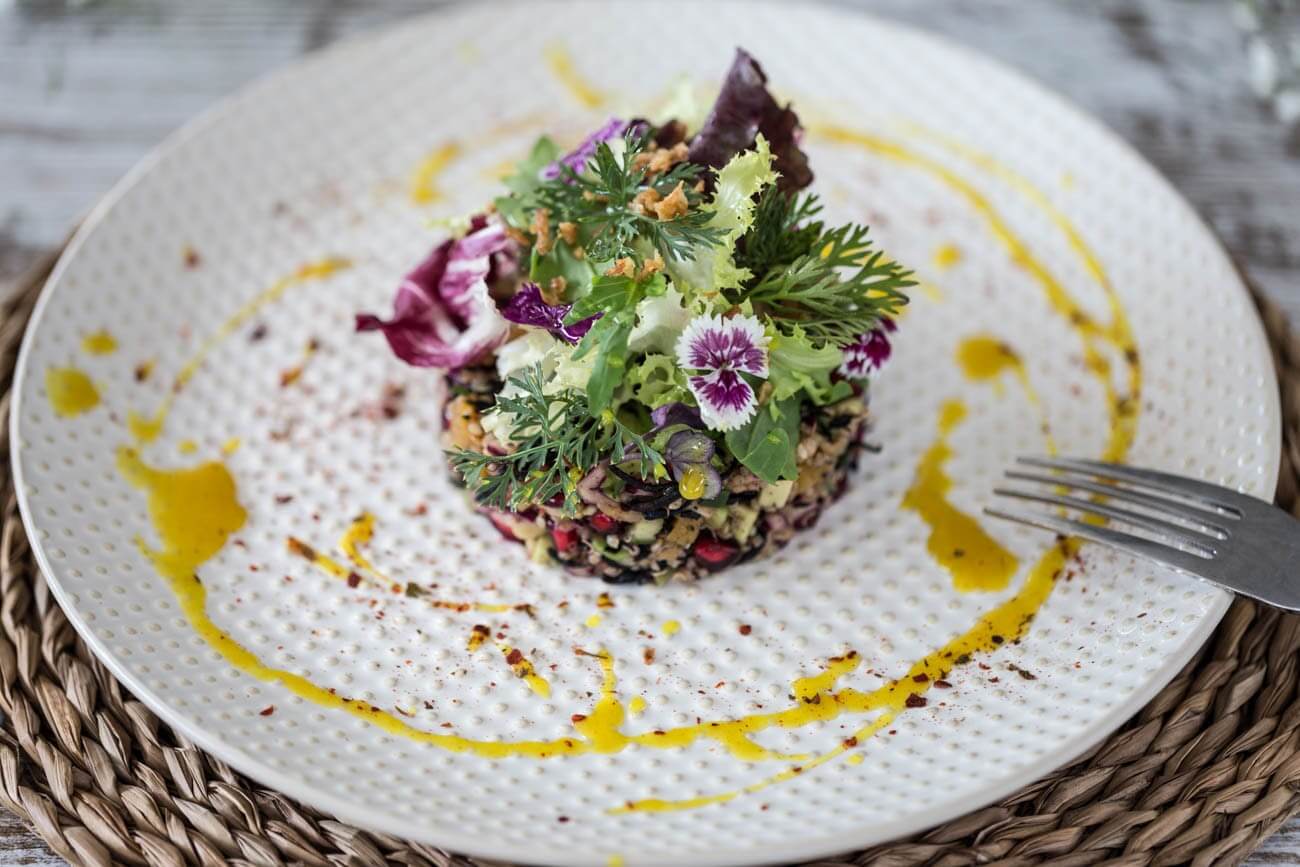Welcome to the colorful and whimsical world of edible flowers! Not only do they add aesthetic appeal to your dishes, but they also offer unique flavors and health benefits. In this guide, we’ll explore everything you need to know about using edible flowers to elevate your culinary creations.
What Are Edible Flowers?
Edible flowers are blossoms that are safe to eat and can be used in a variety of culinary applications. From salads to desserts, these flowers not only enhance the visual appeal of your dishes but also bring unique flavors and aromas.
Common Types of Edible Flowers
Here’s a roundup of commonly used edible flowers, along with their distinctive characteristics:
| Flower | Flavor Profile | Best Uses |
|---|---|---|
| Pansy | Sweet and grassy | Salads, desserts |
| Nasturtium | Spicy, peppery | Salads, garnishes |
| Chamomile | Apple-like | Teas, desserts |
| Hibiscus | Tart and fruity | Jams, drinks |
| Roses | Floral, sweet | Salads, desserts, syrups |
Choosing Edible Flowers: What to Consider
Quality Over Quantity
When selecting edible flowers, always prioritize quality. Look for flowers that are bright, vibrant, and free from blemishes. Avoid flowers that have been treated with pesticides or chemicals.
Seasonality
Different flowers bloom in different seasons. Understanding what’s in season can help you source fresh flowers and enhance your menu’s appeal. Make sure to check local farmers’ markets or specialty stores.
Culinary Pairing
Consider the flavor profile of the flowers you choose. Some flowers, like nasturtiums, have a peppery flavor that pairs well with salads, while others, like roses, can add a sweet note to desserts.

How to Use Edible Flowers in Your Culinary Creations
Garnishing Dishes
Edible flowers can be a delightful garnish for various dishes. A sprinkle of pansies on a sweet dessert or a few nasturtiums on a savory salad can make all the difference.
Tip:
To effectively use edible flowers as garnishes, pair them with complementary colors to enhance visual appeal.

Infusing Flavors
Many edible flowers can be used to infuse flavors into oils, vinegars, and syrups. For example, you can make a hibiscus syrup to drizzle over desserts, providing both flavor and color.
Basic Recipe for Hibiscus Syrup:
- 1 cup water
- 1 cup sugar
- 1/2 cup dried hibiscus flowers
- Simmer until the sugar dissolves, then strain and cool.

Health Benefits of Edible Flowers
Aside from their culinary allure, many edible flowers are rich in vitamins and antioxidants. Here are a few examples:
| Flower | Health Benefits |
|---|---|
| Chamomile | Anti-inflammatory, calming effects |
| Lavender | Promotes relaxation, aids digestion |
| Hibiscus | Rich in antioxidants, heart health |
Incorporating these flowers into your meals can add not just beauty but also health benefits.
Pros and Cons of Using Edible Flowers
Pros
- Adds visual appeal
- Unique flavors enhance dishes
- Rich in nutrients and antioxidants

Cons
- May trigger allergies in some individuals
- Limited availability depending on the season
- Can be expensive if not sourced locally
Frequently Asked Questions About Edible Flowers
Are all flowers edible?
No, not all flowers are safe to eat. It’s crucial to correctly identify edible varieties and ensure they haven’t been treated with harmful chemicals.

How can I tell if a flower is safe to eat?
Research the specific flower, and if possible, purchase from reputable sources such as organic farmers’ markets or specialty grocery stores.
Can I grow my own edible flowers?
Absolutely! Many edible flowers can be grown in home gardens, including nasturtiums, pansies, and chives. Ensure you use organic gardening practices to avoid pesticides.

What are some creative ways to use edible flowers?
You can use them in salads, as cake decorations, in beverages, or even to make flavored syrups and oils!